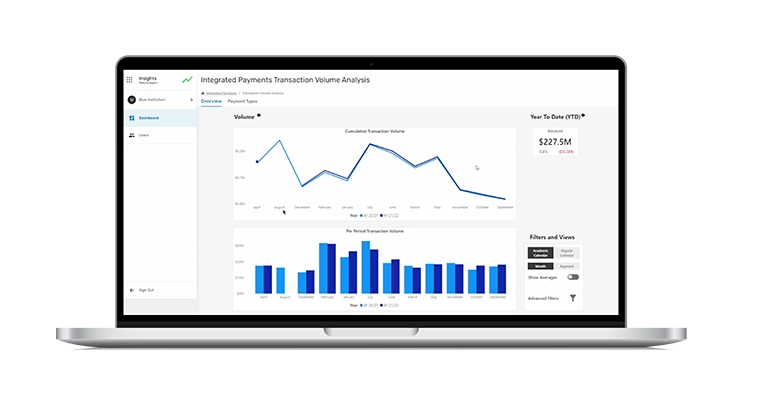 Does your campus card office really need a policy and procedures manual to be effective? Absolutely, if for no other reason than to cover your back when you’re on vacation or sick, says Kristy Vienne, director of the Bearkat One Card Services at Sam Houston State University, Huntsville, Tex.
Does your campus card office really need a policy and procedures manual to be effective? Absolutely, if for no other reason than to cover your back when you’re on vacation or sick, says Kristy Vienne, director of the Bearkat One Card Services at Sam Houston State University, Huntsville, Tex.
“You can get by without one, but if you leave or get promoted, you don’t want to rely on word of mouth to continue programs and services you started,” Vienne told a NACCU webinar audience in late October.
A number of campus card offices run on a day-to-day basis without a formal policy and procedure manual, but it’s not recommended, she said.
It can lead to dangerous situations, “and locks us into a ‘we’ve always done it that way’ philosophy,” said Vienne. “At one time there may have been a good reason why a program was done that way, but it may not be the best way now.”
A policy and procedure manual can help a campus card office provide a consistent service regardless of the personnel in the office, she added.
Another reason is so policies and procedures are detailed in writing. “It prevents you from getting into a grey area, which can be dangerous, especially when dealing with students,” Vienne said.
Such a manual also documents who is responsible for implementing and enforcing a particular policy, she said. For example, who’s responsible for daily activities, such as deposits, or emails? And who is that person’s backup?
A manual can also provide documentation to show changes in policies and procedures, fee changes, hours of operation and a source of information if the correct personnel are not available, said Vienne.
She also defined the difference between a policy and a procedure. “A policy outlines the overall rules and the reason and purpose of the program or service,” Vienne said. “A procedure shows you how you do it. That includes who is responsible for each part of the process and instructions on how to successfully deliver the process in a step-by-step guide.”
She said a detailed policy and procedure manual should be developed so everyone knows how the office works, including customers. “In theory, someone should be able to pick up your manual and know how to complete the procedure without assistance.”
In fact, that’s a good way to find out if your explanation of the procedure is detailed enough. “Test it, give it to someone who’s never done it and let them try to do it without help from you. That way you can find missing steps,” suggested Vienne.
Here are some other recommendations from Vienne, who’s own policy and procedure manual already numbers more than 300-pages:
Avoid vague explanations and procedures. Don’t assume that the university or person knows the procedure like you do.
List the person’s title, not the actual person’s name, responsible for the procedure. If it’s a student staff member, “we actually say ‘student staff member’ rather than use the actual name,” said Vienne.
Have both printed and electronic versions of the manual available. Electronic versions are easier to search.
Each manual should include…
If the policy affects other departments, then they need to approve it.
With existing policies, if you weren’t there when they were first written, “you have to do the leg work to find out why” they were originally developed.
Utilize visual mapping, have students and staff chart out their job functions, actually write out what they do.
Check for redundancies.
If you have no manual, start broad then narrow the scope.
Have staff sign a log to verify they have reviewed the entire manual.
Review the manual periodically. Go through it and see if something has changed.
A policy and procedures manual isn’t something you’re going to sit down and dash out in a day, a week or even a month. It could take six months or more to finish. But it will be well worth the effort and could avoid that telephone call interrupting your vacation because someone doesn’t know how to issue a campus card.




